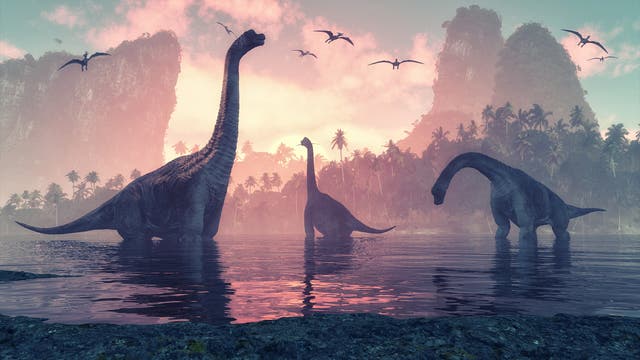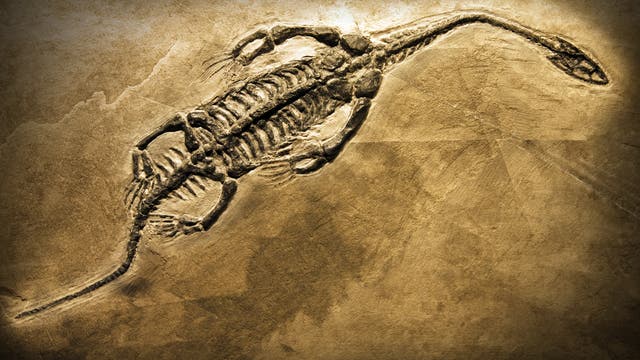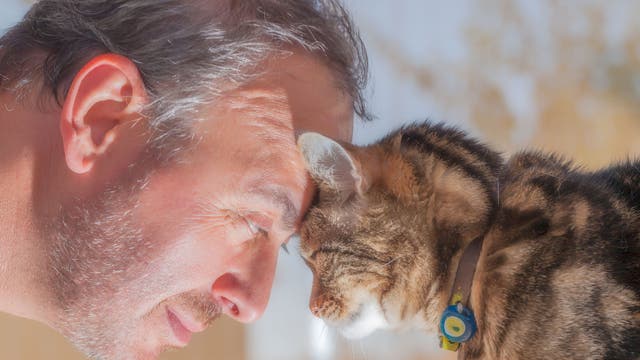Wichtiger Hinweis: Die Literaturtipps zum Artikel
"Lerne lieber unbewusst" (G&G 12/2007) finden Sie
hier.
Literaturtipps zum Artikel "Kennen wir uns?" (Gesichtserkennung):
Bruce, V., Young, A.: In the Eye of the Beholder: The Science of Face Perception. Oxford: Oxford University Press 1998.
Diamond R, Carey, S.: Why Faces Are and Are not Special: An Effect of Expertise. In: Journal of Experimental Psychology: General 115(2), 1986, S. 107-117.
Duchaine, B. C. et al.:Normal Greeble Learning in a Severe Case of Developmental Prosopagnosia. In: Neuron 43(4), 2004, 469-473.
Gauthier, I. et al.:Activation of the Middle Fusiform 'Face Area' Increases with Expertise in Recognizing Novel Objects. In: Nature Neuroscience 2(6), 1999, 568-573.
Jiang, X. et al.:Evaluation of a Shape-Based Model of Human Face Discrimination Using fMRI and Behavioral Techniques. In: Neuron 50(1), 2006, S. 159-172.
Kanwisher, N. et al.:The Fusiform Face Area: A Module in Human Extrastriate Cortex Specialized for Face Perception. In: Journal of Neuroscience 17(11), 1997, S. 4302-4311.
Leder, H., Carbon, C.-C.:Face-specific Configural Processing of Relational Information. In: British Journal of Psychology 97(1), 2006, S. 19-29.
Leopold, D. A. et al.: Norm-based Face Encoding by Single Neurons in the Monkey Inferotemporal Cortex. In: Nature 442(7102), 2006, S. 572-575.
Valentine, T.: A unified account of the effects of distinctiveness, inversion, and race in face recognition. In: Quarterly Journal of Experimental Psychology A 43(2), 1991, S. 161-204.
Yin, R. K.: Looking at Upside-down Faces. In: Journal of Experimental Psychology 81(1), 1969, S. 141-145.




Schreiben Sie uns!
Beitrag schreiben